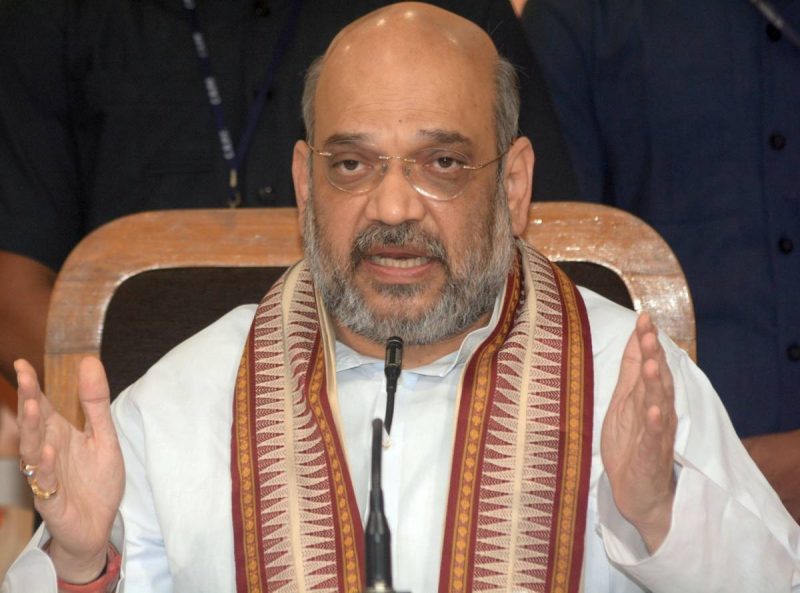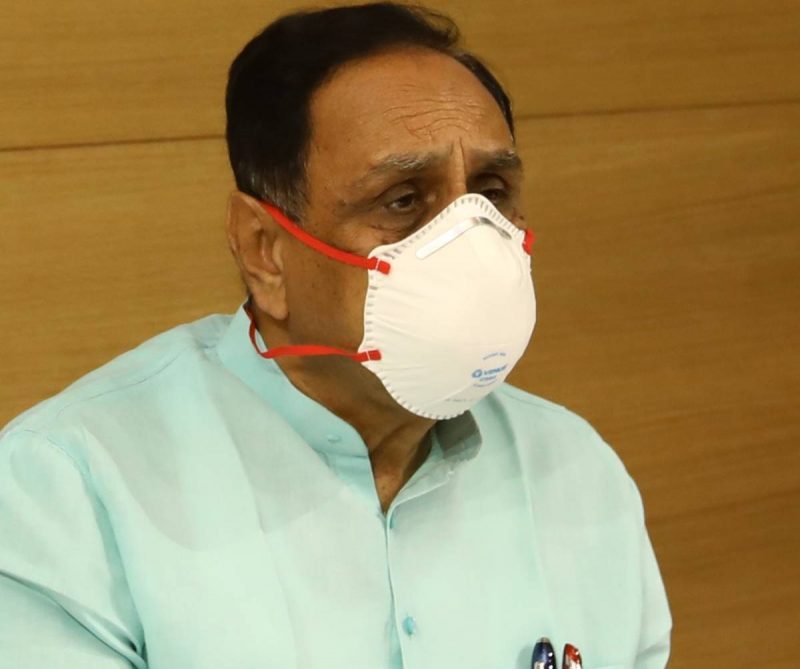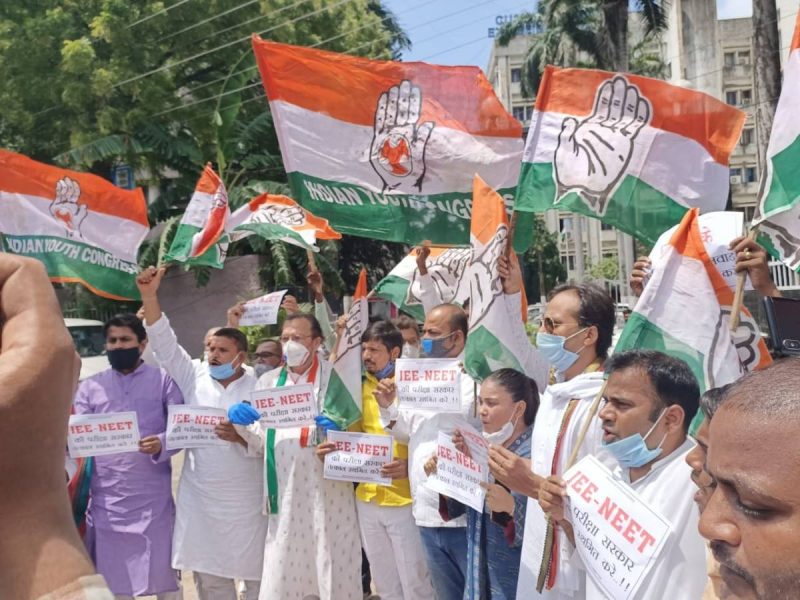
India’s original and abiding ‘He-Man’ and his eventful life….reports India Daily Newsdesk
It was a tale that wouldn’t seem amiss in Bollywood. A boy is pulled out of school and put to work on his family’s farmlands, married off at a young age, gets frustrated at the bickering between wife and mother and leaves home for foreign climes to make his career. In a few short years, he is a celebrity sportsman, and a popular film star. Ring any bells? This happens to be the life of Deedar Singh Randhawa, of village Dharmuchak in Amritsar district, or Dara Singh as we know him. Capable of tossing villains around without breaking into a sweat, stop airplanes with his bare hands, and chase criminals to the moon (in his reel career), and once lift up Raj Kapoor in his trademark “aeroplane” spin move as cameras clicked, his very name, was for generations of Indians, synonymous with sheer strength and masculinity.But Dara Singh’s journey from a farmhand to an Indian cultural icon — especially when he went on to portray two of the most famous Indian mythological heroes (Hanuman and Bhima) — was no means smooth or even assured. And it is this saga of raw determination, unflinching commitment and a true champion’s trademark grit that Seema Sonik Alimchand tells here.For her, the inspiration came “one chilly morning in December 2014, as I stood watching the mountainous Sikh soldiers at the Wagah border, (and) the image of the great Dara Singh came to my mind”. “The very next day, I put pen to paper and miraculously, this book unfolded at an amazing speed…”, says Alimchand, who went on to visit Dara Singh’s birthplace and other haunts and meet and his widow, children, other relatives and acquaintances. Her book thus draws on “intense research, sit-down interviews, old letters, archival material, newspaper articles, and Dara Singh’s autobiography (originally published in Punjabi) titled ‘Meri Atmakatha'”.
The daughter of Sonik of the Sonik-Omi duo of Bollywood composers and “naturally drawn to the world of cinema”, she admits that her “information then transformed into illumination and inspired me to provide a cinematic sense of place, dialogue and culture to the book” and to recreate “his life story by lending a dramatic arc to it”.
In true cinematic style, she begins — or say the credits rolls — with the build-up to one of Dara Singh’s eagerly-watched fights — vs Pat Roche the Bomber — in Guwahati in 1962 and the actual match, before wrenching us into the uncompromising present, as in July 2012, an ambulance rushes an unconscious, powerfully-built octogenarian to hospital. As his life slowly slips away, we follow him as he seeks refuge into his past.
The story thus unrolls in flashbacks and not always linear — we begin in 1933 as a five-year Deedar, or Deedara, accompanies his family to the Golden Temple and listens avidly as his grandmother recites their family history down to the rather straitened present-day circumstances. We view his childhood, the fiasco of his first marriage and finally, his decision to go overseas.
Standing out are depictions of the rhythms of rural life in pre-independent India, how young Dara was not born a strongman and was liable to be bullied, until he — like Hanuman he would so memorably portray- – was made aware of his strength, and two profound religious experiences. The second, and the lengthiest part, begins with his overseas sojourn — which had an unpromising start as he swerved from his moral compass to steal, his wrestling career, his gradual move into films and his second, happier and more enduring marriage.
Among the highlights are the piquant account of an impromptu trip to Lahore to meet an ailing Ghulam Mohammad ‘Gama Pehlwan’, by then a shadow of his legendary self, attempts to find locations of Ravana’s Lanka in modern Ceylon, an incipient romance with a princess, and interactions with Bollywood legends like the Kapoors, Dharmendra and Balraj Sahni. The final part encompasses the rest of his life, in its high and lows, especially a bruising encounter with political and religious leaders with regards to one of his films.But above all, Alimchand’s account also reveals the effort and spirit needed to become — and remain — a legend and how Dara Singh always held true.









